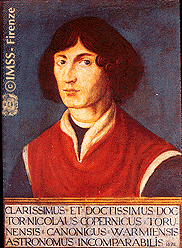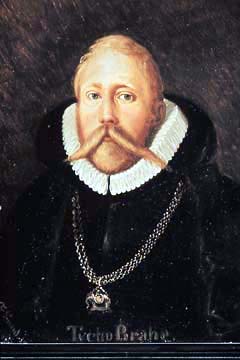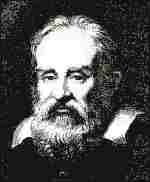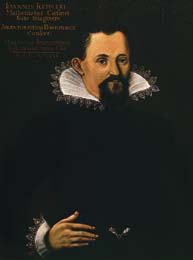|
Development of the Modern View of the Solar System |
|
|
Development of the Modern View of the Solar System |
|
|
 |
Copernicus: The Foundation
|
|
Tycho Brahe: The Data
|
 |
 |
Galileo: Observations and Response to Aristotle
|
|
Kepler: From Observation to Model of the Solar System
|
 |
![]()
page by luca bombelli <bombelli at olemiss.edu>, modified 4 sep 2012